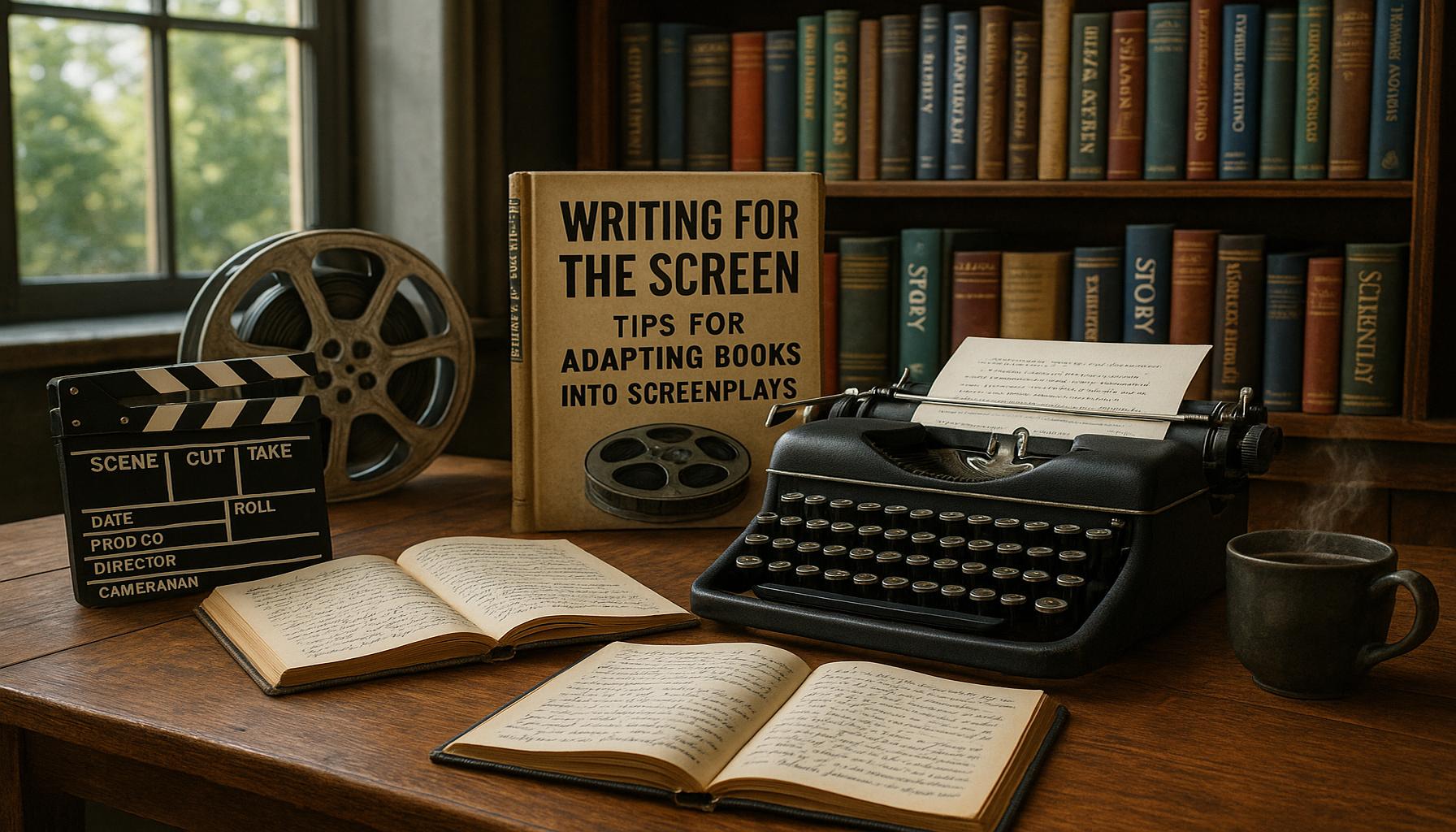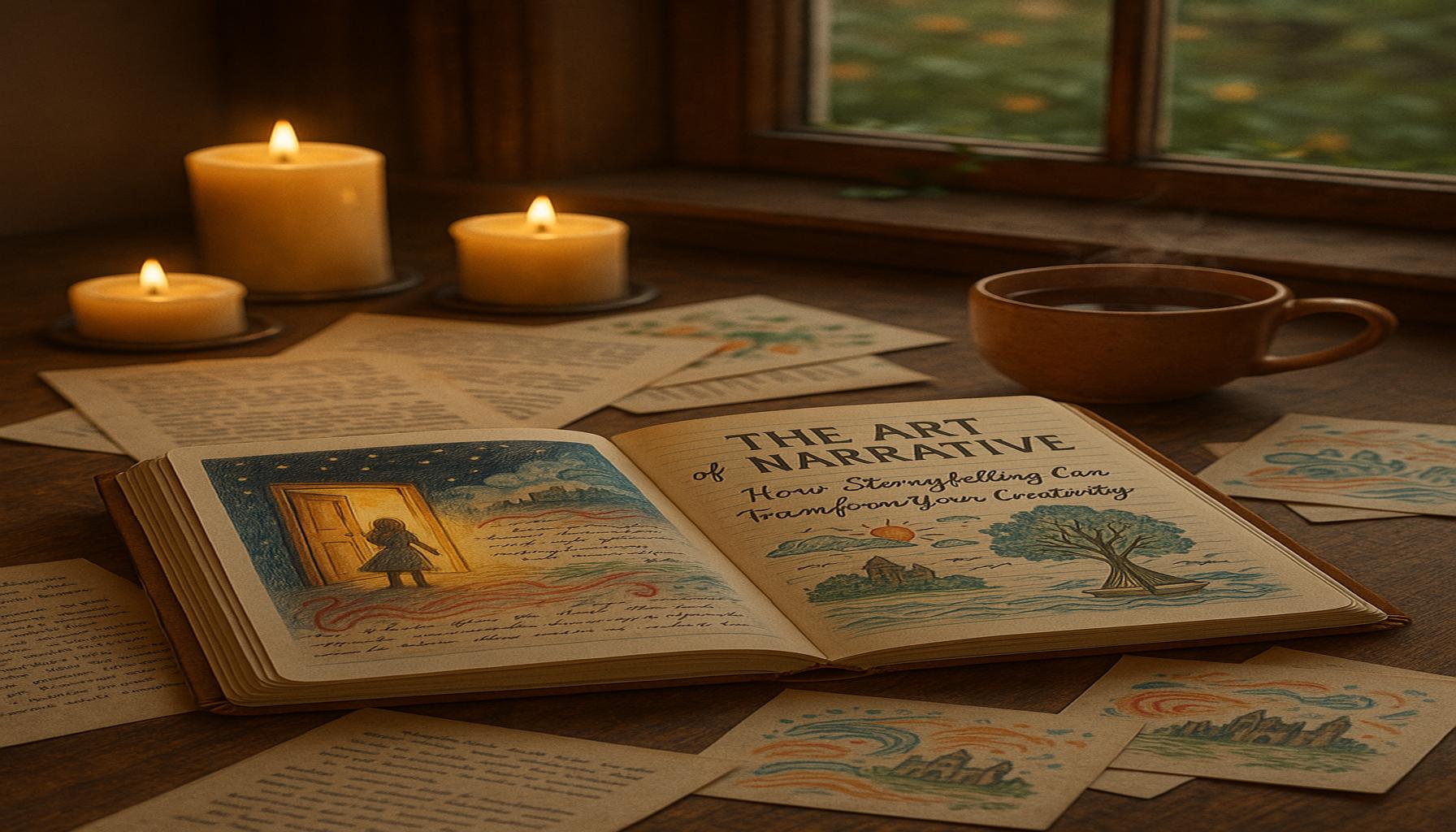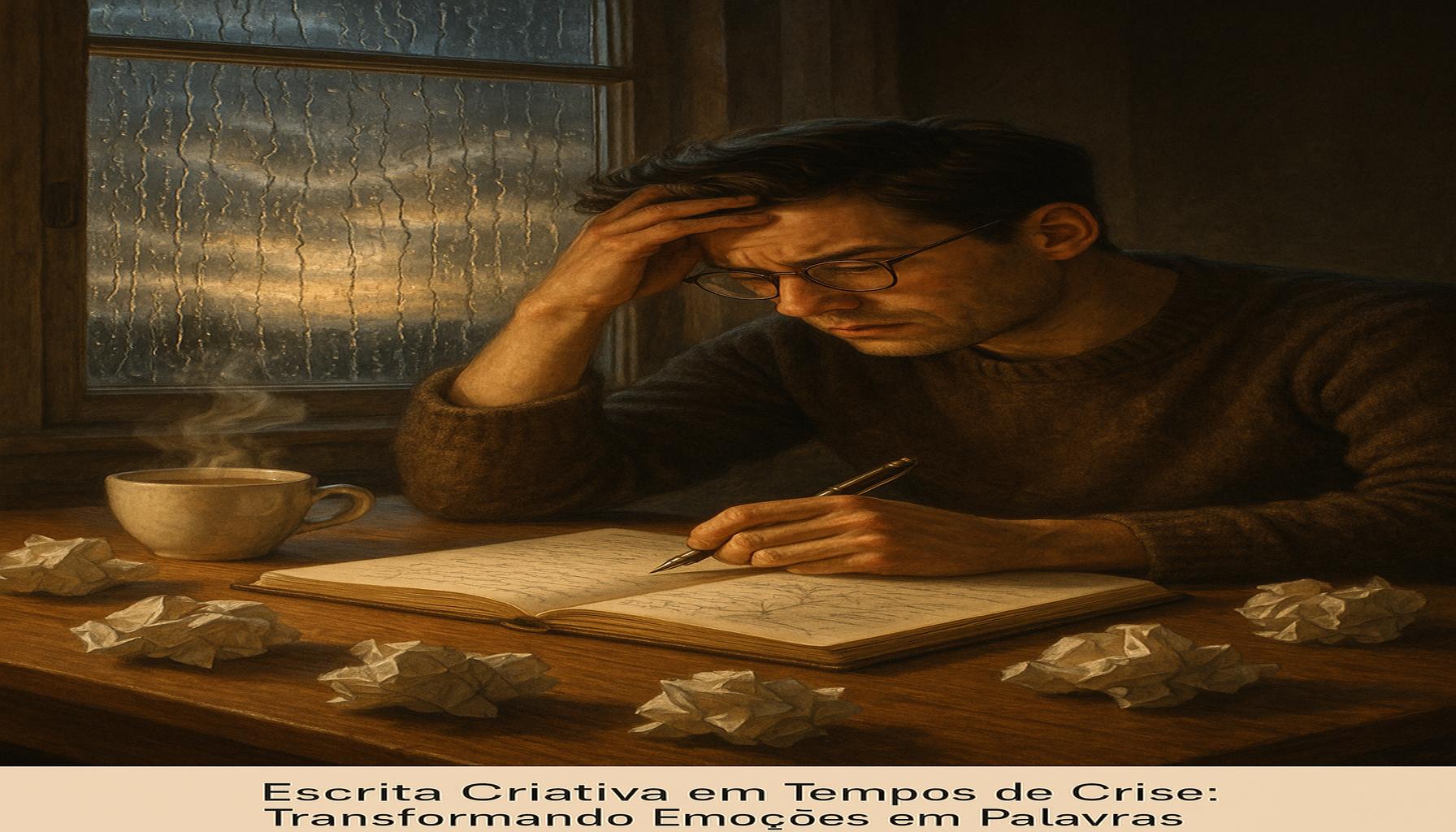Writing for the Screen: Tips for Adapting Books into Screenplays

The Art of Adaptation
With the ever-evolving landscape of storytelling, transitioning beloved books into screenplays has become a fascinating and intricate journey for writers. This process requires not only boundless creativity but also a profound understanding of the differences that exist between the realms of literature and film. The transition from page to screen can unleash captivating new narratives, enriching the source material while introducing it to wider audiences.
The impact of adapting literature into film is evident in numerous box office successes that have captivated audiences across the globe. For instance, take The Lord of the Rings, a series initially penned by J.R.R. Tolkien. Director Peter Jackson transformed this rich and complex fantasy world into a visual masterpiece, employing groundbreaking special effects and masterful cinematography that vividly pulled audiences into Middle-earth. The lush landscapes and intricate character portrayals breathed new life into an already beloved saga.
Another poignant example is To Kill a Mockingbird, based on Harper Lee’s timeless novel. This film adaptation brilliantly encapsulates its profound social themes, such as racial injustice and moral growth through the eyes of a child. Gregory Peck’s iconic portrayal of Atticus Finch remains an emblematic representation of integrity and empathy, demonstrating how well-executed adaptations can elevate the source material’s impact and relevance.
The psychological thriller Gone Girl, adapted by writer Gillian Flynn from her own novel, showcases how the nuances of visual storytelling can significantly enhance a story’s suspense and emotional intensity. The film’s portrayal of complicated relationships and the darker aspects of human nature captivated viewers and sparked discussions, further highlighting how a thoughtful adaptation can resonate with contemporary audiences.
Strategies for Successful Adaptation
While each adaptation presents its unique challenges, certain strategies can guide writers through this complex maze. Adapting a book into a screenplay involves:
- A balance between maintaining the original essence and creating a dynamic visual narrative. This might include reimagining certain scenes for dramatic effect while ensuring that the heart of the story remains intact.
- Understanding character development tailored to screen time and pacing. Writers often condense character arcs or meld certain characters together to streamline the narrative, requiring a deep understanding of the story’s essential players.
- Identifying key themes to emphasize that resonate with audiences. This could involve amplifying elements of a story that reflect societal issues or personal struggles, ensuring that the adaptation feels relevant and poignant.
In this dialogue about adaptation, we uncover the essential tips that anyone looking to embark on this creative journey should consider. By identifying the core elements that make the source material special and navigating the intricate rules of screenplay structure, aspiring screenwriters can confidently craft adaptations that not only honor the original work but also captivate new audiences. This blend of reverence and innovation is where the magic of adaptation truly lies.
DISCOVER MORE: Click here to dive deeper
Understanding the Source Material
An essential starting point in the journey of adapting books into screenplays is developing a comprehensive understanding of the source material. This involves more than just reading the book; it entails diving deep into the underlying themes, character motivations, and the emotional landscape crafted by the author. Recognizing the author’s voice and intent is crucial, as filmmakers must capture and translate these nuances to effectively convey the story on screen.
First and foremost, writers should conduct a thorough analysis of the book. This analysis can be structured around the following key elements:
- Character Dynamics: Understanding how characters interact and evolve throughout the narrative is vital. This includes identifying pivotal relationships and moments that define them, as these will shape their portrayal in the screenplay.
- Thematic Resonance: Pinpointing the major themes is necessary for ensuring the adaptation reflects the core messages of the original. Themes like love, betrayal, and redemption often resonate across different mediums, and emphasizing these will make the film more impactful.
- Plot Structure: A detailed breakdown of the book’s plot structure aids in identifying the key plot points that should be retained or reimagined in the screenplay. Books often contain subplots that may be condensed or merged, thus maintaining a tight narrative flow in the film.
Alongside analyzing the source, writers must also consider the visual nature of storytelling in film. Unlike literature, which relies heavily on prose to convey thoughts and emotions, film uses visuals, dialogue, and sound to create its narrative. This demands a shift in perspective when crafting a screenplay. For example, internal monologues in the book may require cinematic techniques such as voiceovers or expressive cinematography to convey the same depth of feeling.
Additionally, writers should examine successful adaptations related to their source material. Films like The Great Gatsby, adapted from F. Scott Fitzgerald’s classic novel, illustrate how visual storytelling can enhance thematic depth. The vivid depiction of the Jazz Age, combined with a modern soundtrack, revives the narrative, making it relatable to contemporary audiences. Such observations can provide inspiration and insights into effective adaptation strategies.
Ultimately, writers embarking on this adaptation process need to remain aware of the core values the source material embodies. This means crafting a screenplay that not only respects the original story but also takes creative liberties where appropriate to engage a new and diverse audience. By striking this delicate balance, writers can successfully transition from page to screen, creating a compelling and memorable cinematic experience.
Exploring key techniques for adaptation
When delving into the art of adapting books into screenplays, it’s essential to understand the residual narrative and thematic elements that make the source material compelling. A successful adaptation often hinges on identifying the core themes of the book: what insights do the characters bring to the audience and how can these be effectively translated to a visual medium? This process requires significant analytical skills, as screenwriters must distill the essence of the book into screenplay format, ensuring that the story resonates just as strongly without losing its original voice.One notable approach is the use of screenwriting structure to maintain the integrity of the source material. Familiarity with established storytelling frameworks, such as the three-act structure, can assist writers in constructing emotionally charged arcs that engage viewers while also aligning with the original narrative flow. Adapting inner monologues into visuals—whether through character actions, dialogues, or cinematic techniques—can yield profound storytelling without risking the plot’s authenticity.Additionally, understanding character development is crucial. Each individual from the book must be well-represented, ensuring that their motivations and growth are clear in the screenplay. This often requires alterations to relationships or scenes to fit the pacing of a film. Secondary characters may need more focus or backstories highlighted to enrich the story and provide depth that films might sometimes lack in comparison to their literary counterparts.Remember, effective adaptations don’t merely retell the original story; they find unique angles that enhance the material for film audiences. With the right blend of creativity and respect for the source material, a screenplay can provide a fresh interpretation that resonates powerfully with both readers and viewers alike.
| Techniques | Benefits |
|---|---|
| Identifying Core Themes | Ensures the adaptation captures the essence of the original story. |
| Utilizing Screenwriting Structure | Provides a coherent narrative flow that maintains audience engagement. |
| Focusing on Character Development | Enhances emotional connections and storytelling depth in the film. |
In exploring these essentials, writers can significantly enhance their adaptations, transforming beloved novels into compelling screen dramas that captivate audiences in fresh and innovative ways.
DISCOVER MORE: Click here to unleash your creative potential
Reimagining the Visual Narrative
Once writers have developed a profound understanding of the source material, the next step in adapting books into screenplays involves reimagining the visual narrative. Unlike novels, which provide the freedom to explore intricate thoughts and descriptions, screenplays hinge on showing rather than telling. This pivot towards visual storytelling is a crucial aspect that writers must embrace to create an engaging film.
One technique to enhance visual storytelling is to utilize the concept of show, don’t tell. This involves translating emotional states and character arcs into actions and visual symbols rather than relying on exposition. For instance, in a book where a character’s internal struggle is narrated through lengthy descriptions, a screenplay could depict this struggle through carefully chosen actions, reactions, and visual metaphors. For instance, a character standing at a crossroads can symbolize their internal conflict without explicitly stating their dilemma.
Moreover, writers should be judicious in selecting which scenes to adapt and how to condense the story effectively. A screenplay typically runs between 90 to 120 pages, meaning that not every scene from the original work can make the cut. Writers can prioritize scenes that advance the plot or develop character relationships, honing in on pivotal moments that resonate with audiences. For example, J.K. Rowling’s Harry Potter series saw some subplots streamlined in film adaptations, which ensured a cohesive pacing while retaining the essence of essential character arcs.
Another significant aspect to consider is the dialogue delivery. Screenplays demand sharp and concise dialogue that should convey depth and advance the plot simultaneously. Writers may need to simplify or alter dialogues from the book to suit the film’s rhythm. This is evident in the adaptation of To Kill a Mockingbird, where screenwriter Horton Foote distilled the book’s rich prose into strikingly powerful yet succinct conversations that captured the essence of the characters while pushing the narrative forward.
Filmmaking is undoubtedly a collaborative art form, and writers need to keep this in mind during the adaptation process. Establishing strong lines of communication with directors, producers, and other creatives can foster a more cohesive vision for the film. This teamwork can lead to innovative interpretations that might differ from the original text but ultimately enhance the story for the screen. For instance, the adaptation of The Lord of the Rings by Peter Jackson diverged in some areas from J.R.R. Tolkien’s original narrative but succeeded because it brought in varied artistic inputs that honored the world-building while maintaining a captivating and entertaining cinematic experience.
Finding the perfect balance between fidelity to the source material and the demands of cinematic storytelling often challenges writers. However, by embracing a visual-first mindset, honing dialogue, and facilitating collaboration among the creative team, writers can turn beloved books into screenplays that resonate with both audiences and purists alike, ultimately paving the way for a richer cinematic journey.
DISCOVER MORE: Click here to unlock the secrets of storytelling
Final Thoughts on Adapting Literature to Screen
In conclusion, adapting a book into a screenplay is a formidable yet rewarding challenge that requires a keen understanding of both mediums. Writers must skillfully transition from the rich narratives of novels to the visual language of film, embracing the ethos of show, don’t tell as they craft compelling visuals that capture the audience’s interest. The delicate balance between maintaining fidelity to the original story while accommodating the constraints of screenplay structure is an art form in itself. By prioritizing pivotal scenes and honing dialogue to be crisp and impactful, writers can ensure that the essence of the characters and the storyline shine through.
Furthermore, the collaborative nature of filmmaking should not be overlooked. Engaging with directors, producers, and fellow creatives allows for a broader interpretation of the source material, potentially leading to innovations that can breathe new life into beloved stories. As seen in adaptations like The Great Gatsby and Harry Potter, these partnerships can yield films that, while different from their written counterparts, still resonate deeply with audiences. Ultimately, the key to a successful adaptation lies in a writer’s willingness to embrace both the creative and pragmatic aspects of storytelling.
As you embark on your own adaptations, remember that the goal is not merely to recreate what has been written but to reinterpret and transform it into a new and exciting form of art. With thoughtful analysis, creative vision, and effective collaboration, any writer can take on the challenge of translating literature to the silver screen, opening up a world of storytelling possibilities.



